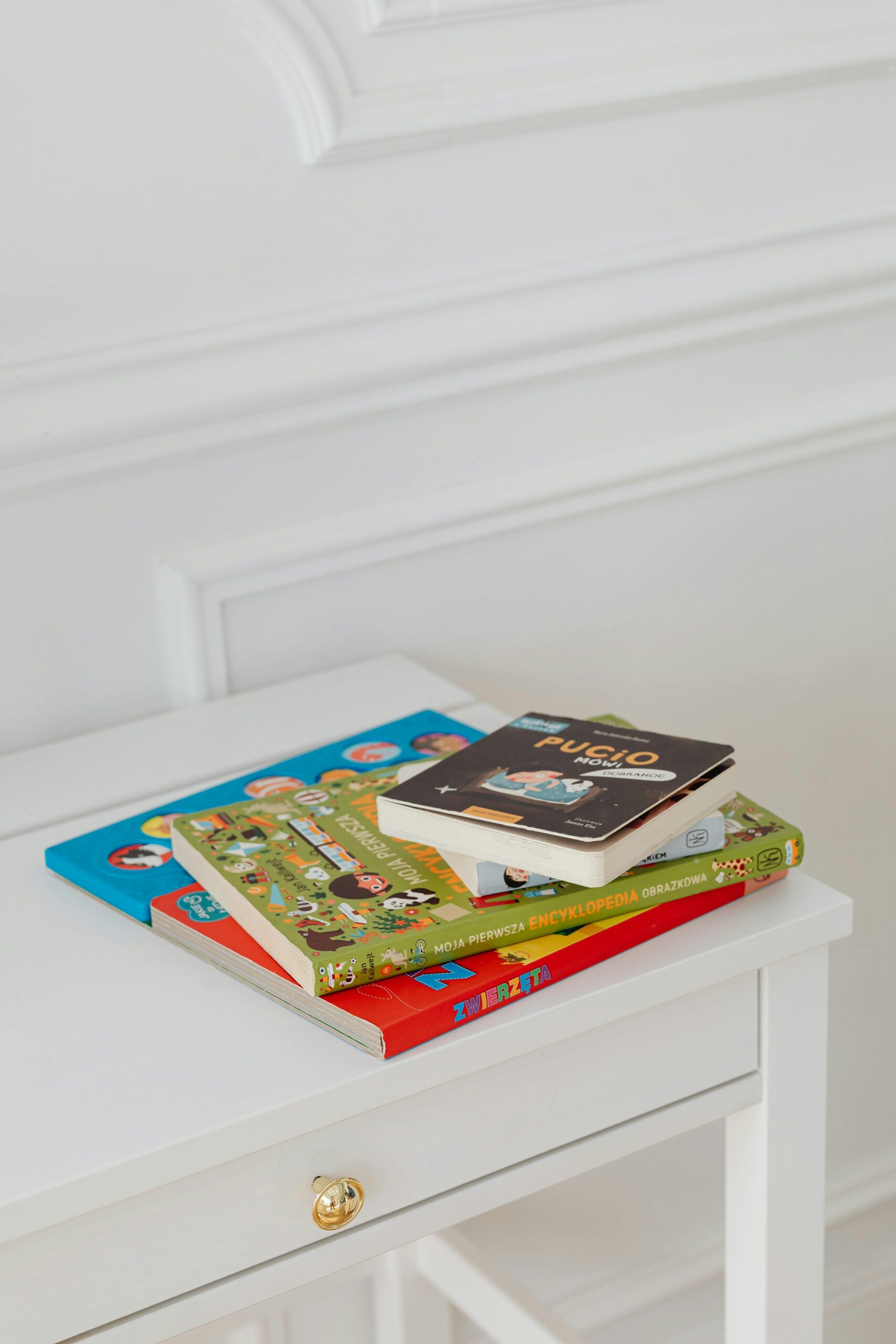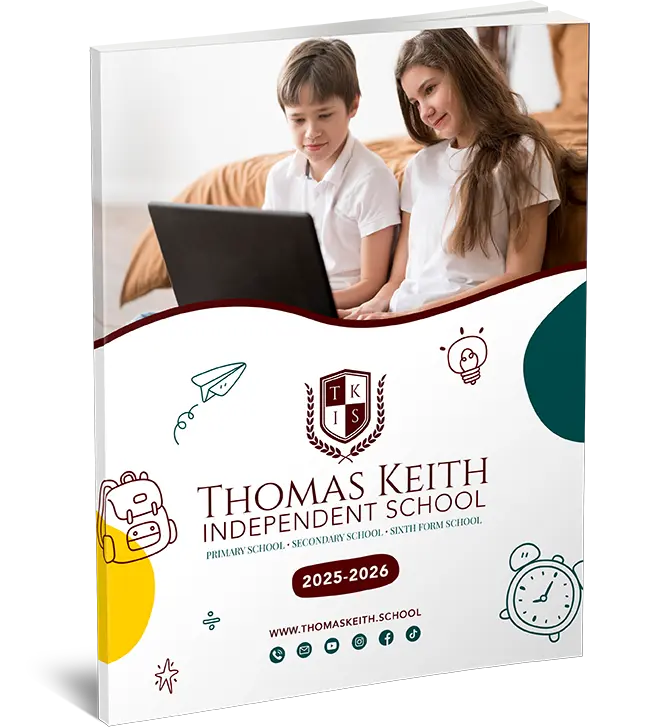
Year 1 Reading Books
Year 1 Reading Books
A child’s early growth depends heavily on reading. Year 1 pupils enter school at a pivotal point in their development when they start reading and appreciating stories that spark their creativity and improve their academic abilities. A carefully curated selection of Year 1 reading books and stories may foster a lifelong love of reading, provide a solid literacy foundation, and expand vocabulary. The importance of reading in Year 1 will be discussed in this article, along with the essential elements of stories that are appropriate for this age group, some recommended books, and the contribution of online schools such as Thomas Keith Online Independent School to early reading.
Overview of Reading for Year One
Children in year one are usually between the ages of five and six, and they are only starting to develop their reading abilities. Children progress from simple picture books to slightly lengthier narratives that expose them to characters, structured storytelling, and fundamental plot developments during this time. Literacy, understanding, and creativity are all enhanced by the early development of these abilities.
To make reading enjoyable and effective, educators, parents, and educational institutions look for the greatest materials. With age-appropriate terminology and subjects that pique young readers’ interest, year-one reading books and stories are designed to correspond with this developmental stage.
This guide highlights important factors to take into account when choosing stories for young children and provides a thorough overview of the best Year 1 reading books.
Reasons for Reading in Year 1
Development of Language and Cognitive Ability
First-year students who read benefit from improved cognitive and linguistic development as well as a natural understanding of grammar, syntax, and sentence structure. Children who read daily improve their listening abilities and get an awareness of how language may express emotions and ideas.
Developing Word Knowledge
Youngsters learn new words through stories, which help them retain their meanings. The goal of year one reading books is to provide a balanced learning experience by introducing a new language gradually without overwhelming young readers.
Emotional and Social Education
Year 1 stories frequently promote the ideas of empathy, sharing, bravery, and kindness. Children can gain important social skills from reading about characters who are struggling or who are examining their emotions. These abilities will help them manage their own emotions and relationships.
Qualities of Appropriate Story and Book Selections for Year 1
Considerations like length, intricacy, and topic are crucial when choosing stories for Year 1. Some qualities to look for in a good Year 1 reading book are as follows:
Age-Related Word Knowledge
Reading materials for first graders should employ simple language, progressively introducing new terms in contexts that facilitate understanding.
Illustrations to Aid in Understanding
At this age, children benefit greatly from high-quality drawings because they help them visualize the story and comprehend the text better.
Captivating Plots
Simple yet captivating narratives are ideal for Year 1 stories. Themes that appeal to children in this age range include adventure, friendship, animals, and everyday life.
Relatable characters
Relatable or aspirational characters make reading more meaningful for kids because they enable them to identify with the story or appreciate specific traits in others.
Positive Thoughts and Principles
To promote social and emotional development, stories for young children frequently contain subliminal teachings on kindness, friendship, sharing, and perseverance.
![]()
Top Picks: Suggested Books and Tales for Year 1 Reading
First, Julia Donaldson’s The Gruffalo
A mouse creates a creature known as the Gruffalo, outwitting other forest creatures in this timeless and engrossing tale. This story’s easy rhymes and entertaining plot make it ideal for first-graders.
- Lauren Child’s series Charlie and Lola
Sibling relationships are explored in the Charlie and Lola series compellingly and realistically. It’s perfect for first-graders since it keeps their attention with lively pictures and funny language.
- Oliver Jeffers, Lost and Found
Through this endearing tale of a boy and a penguin’s bond, youngsters are gently introduced to concepts of kindness, companionship, and loneliness. It’s a charming book with an engaging plot that’s easy to read.
- Hey Frog! Through Jim Field and Kes Gray.
With its lively drawings and rhymes, Oi Frog! Helps kids develop their language abilities by introducing them to phonics and wordplay. Because it blends humour with simple, easy-to-read prose, this book is great for first graders.
- The Thomas the Tank Engine Series by Rev. W. Awdry
Young readers for a long time have loved the Thomas the Tank Engine series. With their realistic themes of friendship, accountability, and teamwork, the stories are straightforward but captivating.
Including Reading Books for Year 1 in the Curriculum
Shared Reading and Reading Aloud
One of the best methods to expose first-graders to new stories is through reading aloud. They can appreciate expressive storytelling, become more involved with the story, and improve their listening comprehension.
Promoting the Use of Predictive Skills
Children can engage more actively with a text when they can predict what will happen next in a story. Taking a moment to inquire, “What do you anticipate happening next?” promotes attention to detail and critical thinking.
Interactive Exercises
Activities that can strengthen understanding and establish a good link with reading include recounting a story in their own words, acting out afavouritee part, or drawing it.
The Support of Reading by Online Schools: Thomas Keith Online Independent School
Online educational institutions such as Thomas Keith Young readers can benefit from special support systems offered by online independent schools. With a variety of online materials and virtual classrooms, these institutions provide an adaptable early learning environment. Year 1 reading is supported in the following ways by online schools such as Thomas Keith:
Engaging Reading Session
Children at Thomas Keith participate in live reading activities with their peers, listen to narrated stories, and tell stories in groups as part of interactive reading sessions that are incorporated into the curriculum.
Individualized Reading Programs
Personalized reading plans are frequently available on online platforms, enabling children to advance at thein speed. This can be very helpful in making sure every child is given the right kind of challenge.
Digital Collections and Audiobooks
Children can listen to narrated books that help with pronunciation and comprehension or enjoy stories on their thanks to the vast digital libraries and audiobooks that schools like Thomas Keith make available.
Interaction with the Parents
By offering parents tools and suggestions to help their children read at home, online schools promote parental involvement and create a cooperative learning environment.
![]()
Parental Advice on How to Promote Reading at Home
Create a Reading Schedule
Make your child’s reading time a regular part of their day by setting up a time each day.
Make Your Space Comfortable for Reading
Children are more likely to sit down with their favourite book when they have acosyy reading nook that makes reading feel special.
Promote Diverse Narratives
Introduce a variety of stories to youngsters, such as fairy tales and adventures, to encourage them to investigate a range of subjects and genres.
Talk about the stories.
Asking questions about the story after reading can assist to strengthen comprehension and promote critical thinking.
Concluding Remarks: Establishing an Enduring Passion for Reading
To foster literacy skills and a lifetime love of reading, it is essential to introduce Year 1 pupils to the pleasure of reading through age-appropriate books and stories. Through conventional reading or the creative assistance of online schools such as Thomas Keith Online Independent School, first-graders have access to materials that make reading a pleasurable and productive activity.
By selecting appropriate Year 1 reading materials, parents and teachers may give kids the resources they need to thrive academically and develop emotionally.
FAQs
- What kinds of books are ideal for first-year students to read?
A1: For Year 1, books with straightforward language, captivating plots, realistic characters, and illustrations are ideal. Seek out titles that offer age-appropriate themes and progressively introduce new terms.
- How can I help my child in Year 1 love reading?
A2: Make reading enjoyable by creating a comfortable reading area, selecting gripping tales, and engaging your youngster in book discussions.
- Do first-year students find audiobooks helpful?
A3: Audiobooks indeed make a fantastic addition to tangible books. They expose kids to fluent reading and enhance their listening abilities, which can help with understanding and pronunciation.
- How might the growth of reading be aided by online education?
A4: Interactive reading sessions, digital library access, and customized reading programs are all provided by online schools such as Thomas Keith Online Independent School, which improves early literacy abilities.
- How many books a pupil in Year 1 should read each week?
A5: In general, reading one or two novels a week is a decent pace, however the exact amount can vary. Encouraging quality reading time is more important than emphasizing quantity.
The objective of teaching young readers is to promote enjoyment and comprehension while creating a foundation that will serve them well for years to come.







